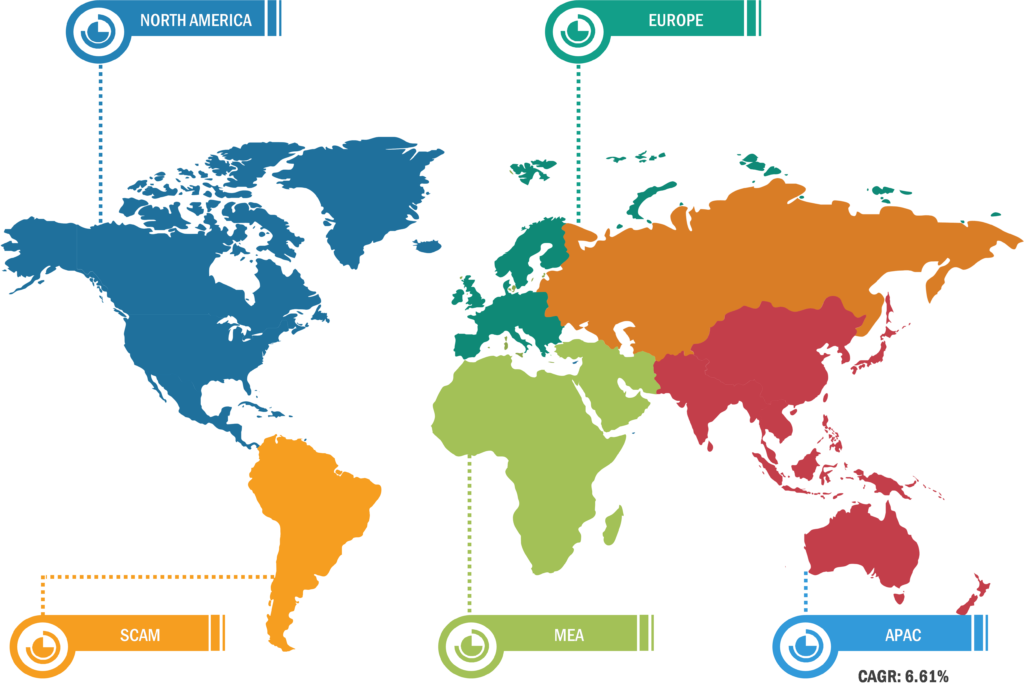
Hypopigmentation Disorder Treatment Market
Hypopigmentation disorders include vitiligo and albinism, among others. The rising prevalence of hypopigmentation disorders, increased awareness related to pigmentation disorders, and early diagnoses are contributing to the rising patient pool seeking therapeutic interventions for hypopigmentation disorders. Advancements in devices used in skin treatment procedures—subsequently leading to further developments in treatments such as phototherapy, topical therapies, and surgical procedures, along with enhancing the efficacy and scope of available treatments—are further contributing to the hypopigmentation disorder treatment market growth. Advancements in diagnostic technologies and drug delivery systems allow dermatologists to introduce effective treatment regimens for patients suffering from hypopigmentation disorders.
Favorable reimbursement policies, and a rising number of collaborations and partnerships among pharmaceutical companies are further accelerating the development of novel therapies against hypopigmentation disorders. The aging population across the world and the associated increase in skin-related disorders propel the demand for hypopigmentation disorder treatments. According to the article published in “Cells” in 2022, skin pigmentation conditions such as pityriasis alba and mottled pigmentation (senile lentigo) are typical signs of photoaging among elderly people. Cellular senescence, which is a state of permanent cell-cycle arrest, is reported to be a key enabler of skin aging pigmentation. An article published in Science Direct in 2021 states that idiopathic guttate hypomelanosis (IGH), which is a type of hypopigmentation rash, occurs due to the exposure of skin to the sun. The reported prevalence of IGH is up to 70% in patients aged 50 and above, and 80% in patients over the age of 70 years. Overall, the hypopigmentation disorder treatment market is dynamic, and technological innovations and collaborative efforts within the healthcare sector benefit the market.

The hypopigmentation disorder treatment market has been segmented on the basis of treatment, disease indication, and end user. By treatment, the market is classified into basic topical drugs, laser therapy, chemical peels, microdermabrasion, phototherapy and others. Based on disease indication, the market is segmented into Pityriasis Alba, vitiligo, albinism, and post-inflammatory hypopigmentation. In terms of end user, the market is segmented into aesthetics clinics, dermatology centers and hospitals. The scope of the Hypopigmentation Disorder Treatment market report includes North America (the US, Canada, and Mexico), Europe (the UK, Germany, France, Italy, Spain, and the Rest of Europe), Asia Pacific (China, Japan, India, Australia, South Korea, and the Rest of Asia Pacific), the Middle East & Africa (the UAE, Saudi Arabia, South Africa, and the Rest of Middle East & Africa), and South & Central America (Brazil, Argentina, and the Rest of South & Central America). North America held the largest market share in 2022. The US dominates the market in this region, as well as in the world. Market growth can be attributed to the increasing prevalence of skin diseases; burgeoning awareness related to skin disorders; new product launches, acquisitions, and strategic collaborations undertaken by major players; and the rising number of clinical trials associated with hypopigmentation disorders in the US. For instance, In October 2023, AbbVie, Inc., a globally operating pharmaceutical company headquartered in the US, declared a positive result for its study focused on Rinvoq, a new indication. The study is currently in Phase II trials, and the molecule has been evaluated for the dose of 6 mg, 11 mg, and 22 mg in patients suffering from non-segmental vitiligo (NSV). Such studies by the researchers focused on disease indications of hypopigmentation disorders are anticipated to propel the growth of the US hypopigmentation disorder treatment market in the near future. In addition, the increasing number of people spending on dermatology treatments in aesthetic clinics and dermatology centers to seek the right solutions further contributes to the market growth.
Hypopigmentation Disorder Treatment Market: Competitive Landscape and Key Developments
Allergan, SkinCeuticals, Pierre Fabre Group, Incyte Corporation, Episciences Inc., Phio Pharmaceuticals, Obagi Cosmeceuticals LLC, Alvogen, Bella Aurora, AbbVie are a few key companies operating in the hypopigmentation disorder treatment market. Market players adopt product innovation strategies to meet evolving customer demands, maintaining their brand image in the market. In July 2022, Incyte Corporation received US FDA approval for Opzelura cream for patients suffering from NSV in adults and pediatric patients (aged 12 and above). In May 2021, Bella Aurora, a part of Bella Aurora Labs and a pioneering company with 130 years of experience in melanocyte studies, launched an efficient solution named Repigment, which eliminates dark spots from the skin. The new Repigment treatment line consists of the repigmenting cream that contains the Repigma12 peptide to block the MIA protein, and Repigment Sun capsules, a food supplement recommended for skin conditions arising from skin’s exposure to the sun or booth radiation.






